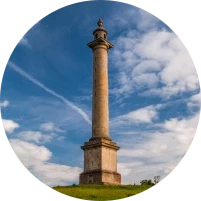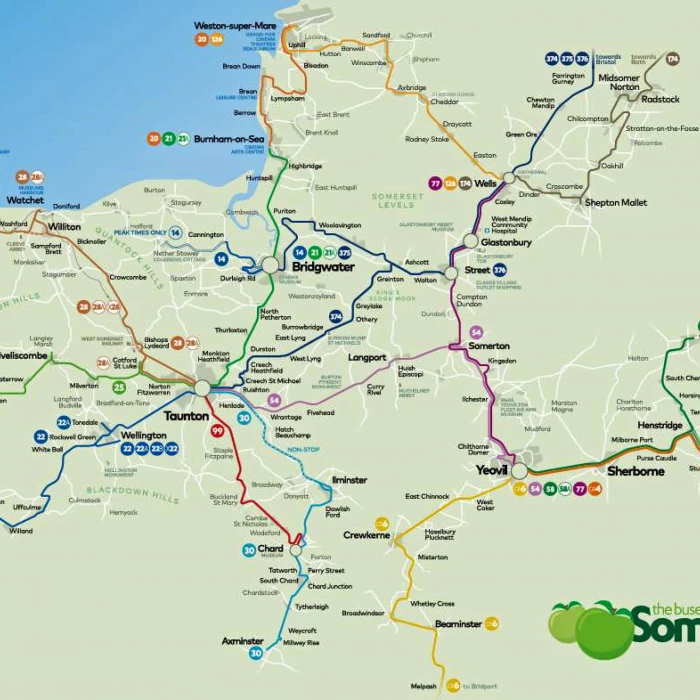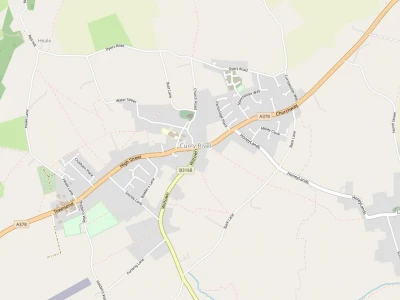Muchelney Abbey: History Society Talk
Muchelney Abbey: Origins to Dissolution Langport & District History Society Talk Report Nov 2019 The Society's November meeting featured an illustrated talk on Muchelney Abbey, from its origins through to it dissolution in the 16th century, by Stephen Honey, who has worked for English Heritage there for over 15 years, and is currently its site manager.
Stephen began with a short video to introduce the Abbey's 'pre-history', when this country had various religions, and he then described how the Roman period saw a gradual assimilation of Roman religions, with its many deities, with the local ones, and then with the adoption over time by the Empire of Christianity from the 4th century. As Christianity took a more structured form in 'England' over the next two centuries, especially through the growth and influence of monasteries, the Saxon Church developed, and the earliest reference to Muchelney is said to be a grant of land to its first Abbot by King Ine of Wessex in 692.
The Abbey was gradually given more lands around the upper Ile and Parrett near Ilminster, but mysteriously then disappeared from the written record for nearly 180 years, possibly through destruction or appropriation by the invading Danes. The creation of the Saxon Kingdom of England by Athelstan in the early 10th century marked the Abbey's revival, and he gave it more lands around Curry Rivel. This was a period of general monastic revival and reform and also the replacement of wooden church structures by more robust and ambitious stone buildings.
The Norman Conquest marked the next and very important development of the Church in England and at Muchelney Abbey (Muchelney was even mentioned in the Bayeux Tapestry). Muchelney's Domesday Book entry showed it to be a fairly wealthy property of 480 acres, valued at 720d (around £150,000-300,000 in today's money). The Normans greatly expanded the Abbey in size and architectural grandeur.
Over the coming centuries, there were periods when there were criticisms of the Abbey's lifestyle and lack of a true monastic spirit. As with the rest of the country (and Europe generally), it was badly affected by the Black Death in 1349, despite its apparent remoteness, even losing 2 abbots in one month. As the Abbey grew even more architecturally impressive, changes in the monastic structure were apparent with the creation of a separate residence for the Abbot.
The Abbey's demise came with Henry VIII's battles with the Pope and his Church. Though Abbot Thomas Ynde subscribed to Henry's position in this mighty struggle in 1535, it only delayed the inevitable, and it was shut down on 4 January 1538 and destroyed.
The Society's next meeting will be its annual Christmas Social, which will be at Hurd's Hill on 2 Dec. A finger buffet, tours of the house and a display of items from the Bagehot collection will be available. Members £10, non-members £15. Places must be booked in advance by contacting Anne Michell (01458 250863). Anyone interested in joining the History Society should contact Sue Standen (01458 273471, suzannestanden471@btinternet.com). Follow the History Society at @langporthistory, and: https://sites.google.com/site/langportheritage/home
Get In Touch
CurryRivelOnline is powered by our active community.
Please send us your news and views.
Email: editor@curryrivel.org.uk






